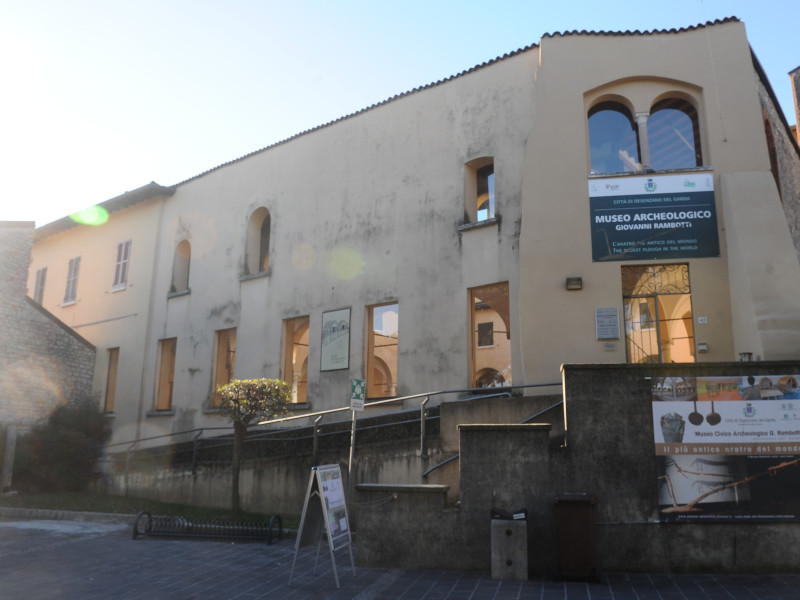Museo Civico Archeologico "Giovanni Rambotti"
The Museum, named after Giovanni Rambotti, eminent citizen famous for his collections of artifacts from Polada pile-dwelling, was opened in 1990. The museum, because of his geographical position in an area rich in Bronze Age evidences, offers a wide survey of the prehistoric cultures of the Benacense district. The exceptionality of this region, probably one of the most important in Europe in regard to the archaeological humid areas, comes from human deposits, nowadays submerged and set not far from the lake's shore or stratified in the peats of the inframorainic basins. The museum highlight is a plough made of oak, dating back to Early Bronze Age (ca. 2000 BC), discovered in a peat layer in 1978, stuck between the piles of a Lavagnone pile-dwelling. The museum is situated in the cloister of an ex-monastry of St. Maria del Carmine (1472). The adjoining church, now deconsecrated, has a rectangular cloister with five arches on each side end and twenty columns.

